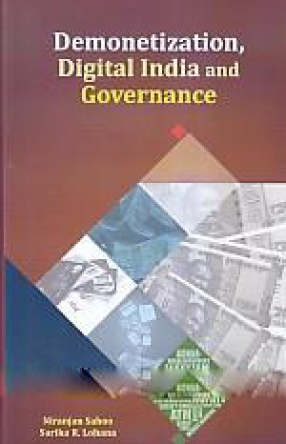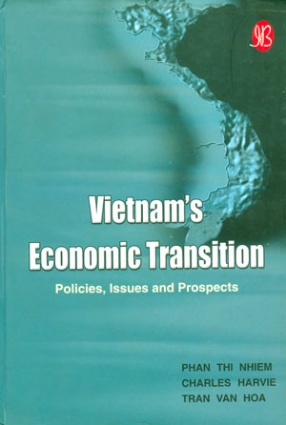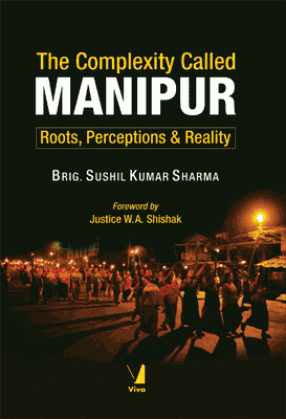Twenty Five Years of Financial Sector Reforms in India: 1991-92 to 2016-17
A modern economy, characterised by acute specialisation and exchange, is unthinkable without financial intermediaries, financial markets and financial instruments. Developing appropriate financial institutions and financial markets is a pre-requisite for speedy economic growth.
Soon after Independence in 1947, Government of India followed a policy of social control of important financial institutions. The nationalisation of the Reserve Bank of India (RBI) in 1948 marked the beginning of this policy. This was followed by the takeover of the then Imperial Bank of India in 1956 which was rechristened as State Bank of India (SBI). In 1956 also, 245 life insurance companies were nationalised and merged into the newly created Life Insurance Corporation of India (LIC). In another significant development, Government nationalised 14 major commercial banks in 1969. The year 1972 saw the nationalisation of general insurance companies and the setting up of General Insurance Corporation (GIC). In 1980, 6 more commercial banks were nationalized and brought under public ownership.
As a result of state domination, India’s monetary and financial system was characterised by barriers to entry, control over pricing of financial assets, high transaction costs and restrictions on movement of funds from one market segment to another. It was in this backdrop that wide-ranging financial sector reforms were introduced as an integral part of the economic reforms programme started in early 1990s. These reforms have paved the way for integration among various segments of the financial system. It is widely accepted that reduction/removal of financial repression has enhanced the efficiency and potential growth of the Indian economy.
Financial sector reforms since the early 1990s have focused on the following objectives: (a) elimination of segmentation across various markets in order to facilitate transmission of impulses across markets, (b) easing the liquidity management process and (c) making allocation of resources more efficient across the economy.
To achieve the above objectives, restrictions on pricing of assets have been removed along with the introduction of new instruments. Technological infrastructure has also been strengthened. The general approach to financial sector reforms has been a transparent, collaborative and consultative process aimed at resolving many possible dilemmas. The reform process itself has been characterised by caution with a tilt towards preserving stability, careful sequencing of measures, mutually reinforcing monetary initiatives and ensuring consistency and complementarity with other policies.
Get it now and save 10%
BECOME A MEMBER









Bibliographic information